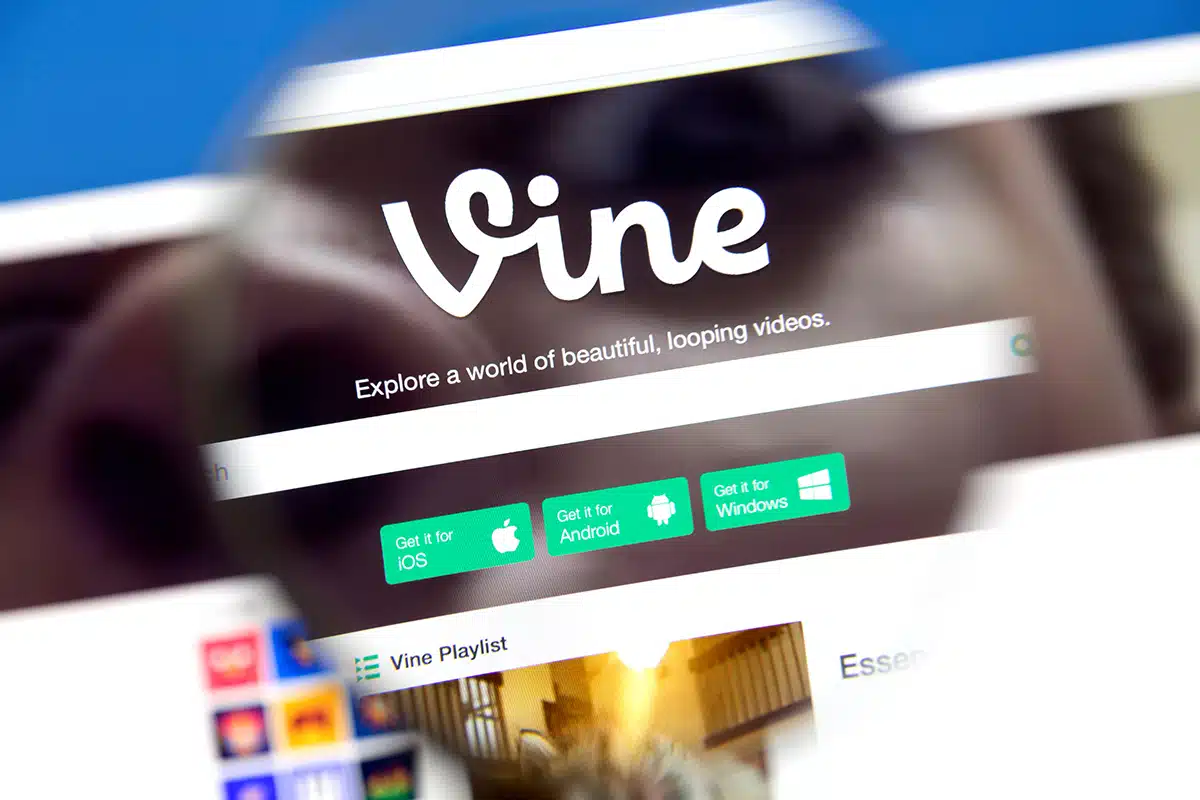
Before TikTok dominated short-form video and Instagram Reels became a staple of social media, there was Vine, a six-second video platform that reshaped digital entertainment, launched internet superstars and changed the way we consume content. It was fast, fresh and endlessly loopable, making it the birthplace of viral memes, punchy comedy and music discovery. But despite its cultural impact, Vine burned bright and fizzled out just as quickly. How did a platform with so much influence and popularity collapse in just a few years? The answer lies in a mix of mismanagement, missed opportunities and the ruthless speed of social media evolution.
The Birth of a Digital Phenomenon
In 2012, three entrepreneurs named Dom Hofmann, Rus Yusupov and Colin Kroll launched a platform that would change the way people consumed video content. Vine was a simple yet revolutionary idea. Users could record and share looping six-second videos, turning brief moments into endlessly replayable snippets of creativity.
It did not take long for Vine to catch the attention of social media giant Twitter, which acquired the platform for $30 million before it even officially launched. Twitter saw Vine as a perfect complement to its own short-form content model, envisioning it as the video version of tweets. When Vine officially launched in January 2013, it exploded in popularity, becoming the most downloaded free app on the App Store within months.
Vine’s unique format encouraged users to push creative boundaries. Comedians, musicians and artists found new ways to entertain and engage audiences, with personalities like King Bach, Logan Paul, Liza Koshy and Shawn Mendes emerging as digital stars. The looping feature was a game-changer, whether it was a perfectly timed joke, an unexpected twist or a catchy song snippet, Vine’s format turned ordinary users into viral sensations.
A Cultural and Marketing Powerhouse
As Vine grew, brands quickly recognized its potential. Companies like Dunkin’ Donuts, GE and Taco Bell experimented with short, engaging ad campaigns, using Vine’s fast-paced style to connect with younger audiences. The app became a breeding ground for trends, challenges and viral moments that spread across the internet, often crossing over into mainstream media.
Vine’s influence was not just limited to social media. It also played a pivotal role in shaping modern digital entertainment, laying the groundwork for the meme culture and influencer marketing we see today. Music artists also benefited. Shawn Mendes, for example, used Vine to showcase his singing talent, launching a career that would take him to global stardom.
At its peak, Vine had over 200 million active users, and it seemed poised to become a permanent fixture in the digital world. But behind the scenes, cracks were beginning to form.
The Downfall of Vine
Despite its meteoric rise, Vine’s problems were mounting. One of the biggest issues was monetization. While Vine creators were amassing millions of followers, there was no formal way for them to make money on the platform. Unlike YouTube, which had an established ad revenue-sharing program, Vine did not provide direct financial incentives for its top creators. As a result, Vine stars started migrating to platforms like YouTube and Instagram, where they could monetize their content.
Another major issue was competition. Instagram, owned by Facebook, introduced 15-second videos in 2013, a direct challenge to Vine’s six-second model. Snapchat was also on the rise, offering disappearing video messages that resonated with younger users. As Vine struggled to evolve, other platforms were innovating, expanding video features and attracting Vine’s user base.
Twitter, Vine’s parent company, was also struggling at the time. Instead of doubling down on Vine’s growth and finding ways to keep creators engaged, Twitter deprioritized Vine, failing to invest in improvements that could have made it more competitive. In 2016, after years of stagnation, Twitter officially announced Vine’s shutdown. The app that had once revolutionized short-form video was no more.
The Legacy of Vine
Vine may have been short-lived, but its impact on digital culture is undeniable. It paved the way for platforms like TikTok, which essentially refined and expanded on Vine’s concept by adding music integration, longer video options and a powerful algorithm that keeps users engaged. Many of Vine’s biggest stars transitioned successfully to YouTube, Instagram and TikTok, continuing their careers long after Vine’s demise.
In retrospect, Vine’s downfall was not due to a lack of interest, it was a failure to adapt. Had Vine introduced a monetization strategy, evolved its features and capitalized on its loyal user base, it might still be thriving today. Instead, it serves as a cautionary tale. In the fast-moving world of social media, innovation is the only way to survive.
Closing Thoughts: What Brands Can Learn from Vine’s Rise and Fall
Vine’s story is a powerful reminder that success in digital marketing is not just about capturing attention, it is about keeping it. Brands and platforms that fail to evolve with their audience’s needs risk fading into irrelevance. The key takeaway? Stay ahead of trends, prioritize user experience and always look for new ways to create value for your audience.
At Resolution Promotions, we help brands stay at the forefront of digital trends, crafting marketing strategies that keep them relevant in a constantly changing landscape. Want to future-proof your brand? Let’s find some time to talk.



